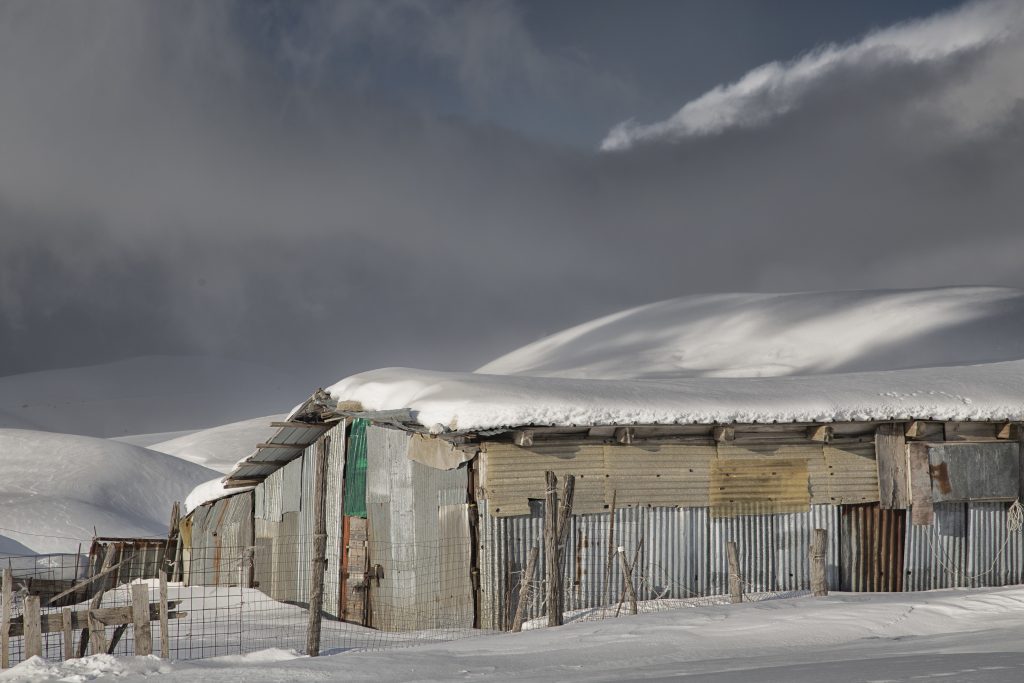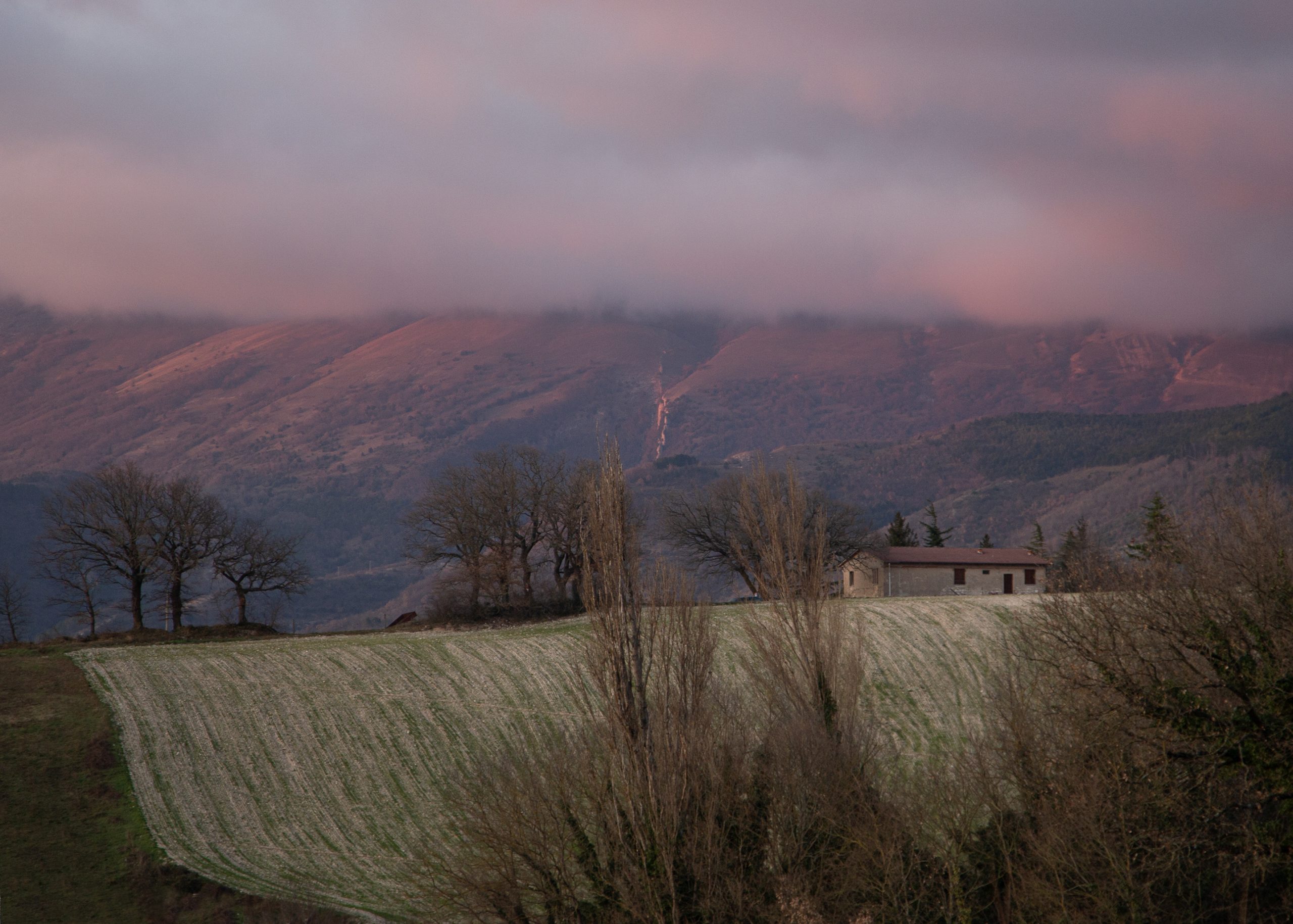
My idea of a dwelling is a house that makes you feel more like yourself, that makes you feel more. A house that doesn’t conform you, not designed according to pre-established patterns.
One that prevents the standardization of behaviors, the pseudo-rational organization of functions, that doesn’t express the limitations of the form-function relationship of the modernist mold, of functionalism, the absolute exaltation of technology as a consequence of the scientification of every aspect of contemporary life.
One that doesn’t express a standardized aesthetics held hostage by the market, perpetually renewing catalogs, trends to follow, easily taking root in an era of cultural crisis.
One that is not a space chosen personally, intimately by users, inhabitants, but chosen by the market, by mass culture.
One that doesn’t express a superficial and apparent ecology, exclusively in service of new building technologies seen solely as products and not as products of human ingenuity.
I believe that a constructed space should reconnect us with the elements, in an awareness of being a body as well as a soul.
Today, humans have a sort of shame for their physical, earthly condition, which “feels” all too much their physicality; their own limits, their own finiteness, and they are increasingly vulnerable, weak, and suffering in the face of the elements.
For well-being to be real and profound, the body must re-establish its ancestral connection with nature and its elements, must let itself be permeated by its forces and perceive their harmony.
Dwelling as Templum and Cum-templum.
A dwelling that breathes and allows breathing, that is a threshold, that is a permeable boundary to the elements – light, sun, air, water – that triggers multiple relationships within it and towards the outside, the community.
Openness as an encouragement to closeness, compactness, and the creation of a Community.

